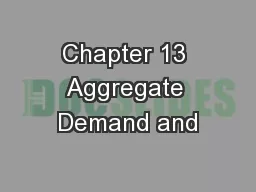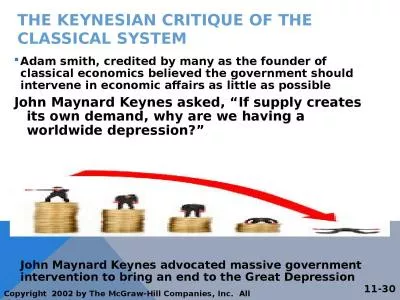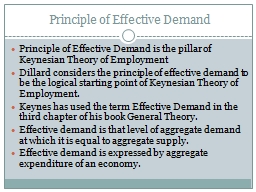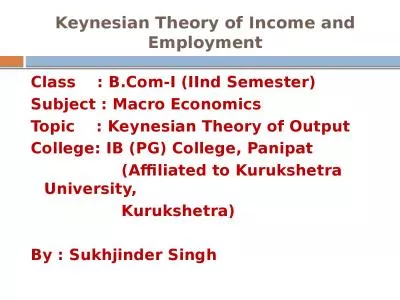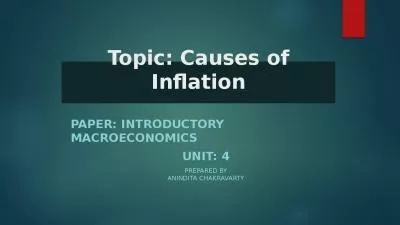PPT-Aggregate Supply, Aggregate Demand, and Inflation: Putting It All Together
Author : mitsue-stanley | Published Date : 2019-06-29
Chapter 13 Dünhaupt Dullien Goodwin Harris Nelson Roach Torras Learning goals After todays lecture you will be able to Explain the derivation of the
Presentation Embed Code
Download Presentation
Download Presentation The PPT/PDF document "Aggregate Supply, Aggregate Demand, and ..." is the property of its rightful owner. Permission is granted to download and print the materials on this website for personal, non-commercial use only, and to display it on your personal computer provided you do not modify the materials and that you retain all copyright notices contained in the materials. By downloading content from our website, you accept the terms of this agreement.
Aggregate Supply, Aggregate Demand, and Inflation: Putting It All Together: Transcript
Download Rules Of Document
"Aggregate Supply, Aggregate Demand, and Inflation: Putting It All Together"The content belongs to its owner. You may download and print it for personal use, without modification, and keep all copyright notices. By downloading, you agree to these terms.
Related Documents






